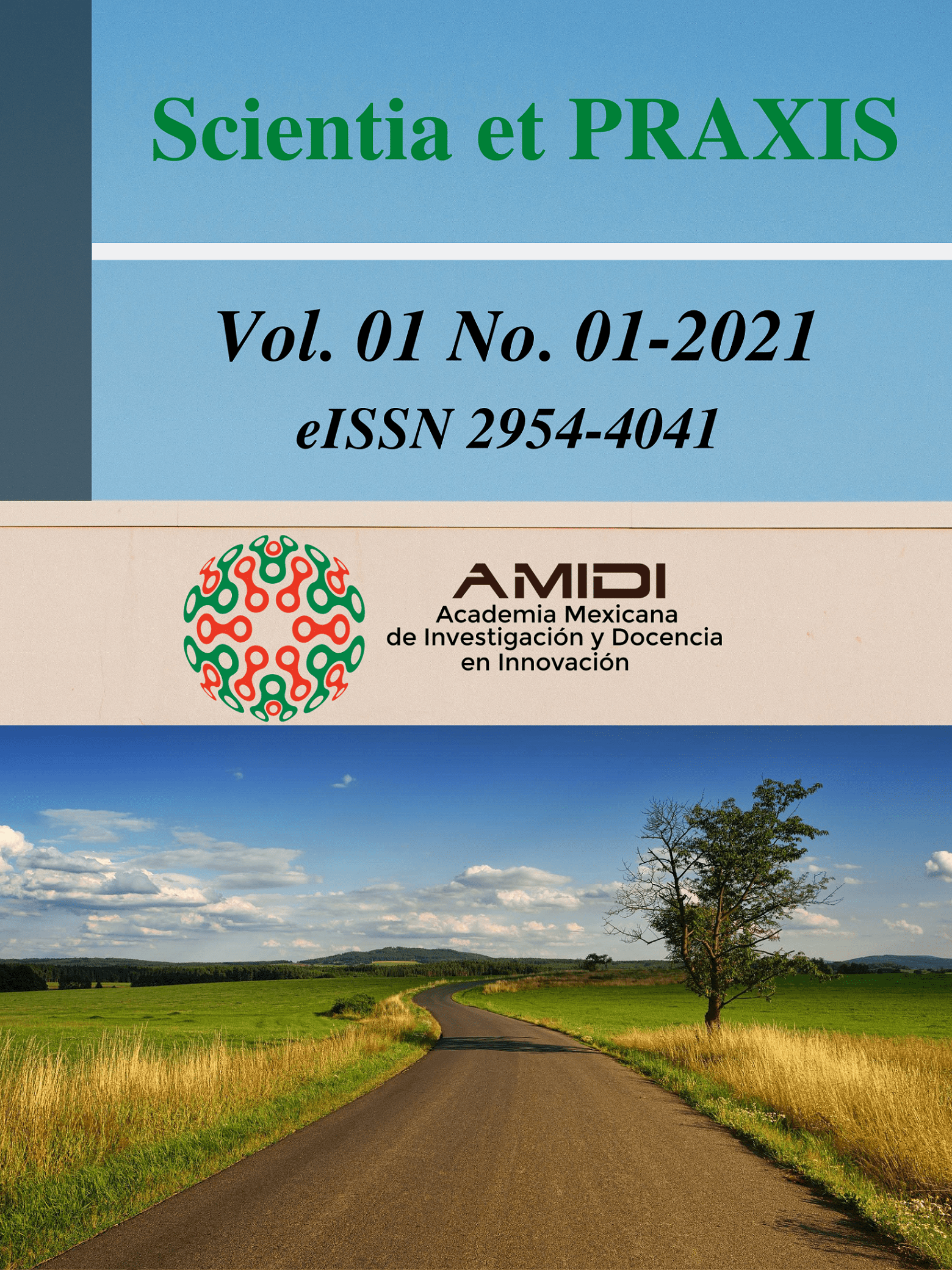Access to Genetic Resources in Mexico
DOI:
https://doi.org/10.55965/setp.1.01.a3Keywords:
Genetic Resources, Preservation, Nagoya ProtocolAbstract
In legislative matters, Mexico has faced various tensions on biodiversity issues, so it is necessary to ask if Mexico can protect its biodiversity with the current regulatory framework? An answer sufficient to cover all relevant areas is complex; however, limiting the question to a specific context, such as the issue of genetic resources, can be a criterion or guide to assessing whether there are favorable conditions for the protection of biodiversity in Mexico.
Mexico currently omits a law to specifically regulate access to and use of genetic resources and the protection of traditional knowledge, with the intellectual property regime being the only isolated tool. In 2018, a very important effort was made for the Mexican Senate to approve the General Biodiversity Law to incorporate the Nagoya Protocol into legislation. However, integrating a regulatory framework with these provisions across the three levels of government was not possible, much less was it possible to strengthen and update the provisions of the General Wildlife Law to conserve biodiversity in Mexico.
The national biodiversity strategy as a public policy instrument lacks the tools to be used in sectoral programs and a reference in planning programs at the State and Municipal levels, as established by the General Wildlife Law.
Downloads
References
Benítez-Díaz, H. & M. Bellot-Rojas. 2003. Biodiversidad: Uso, amenazas y conservación. In: Sánchez, O., E. Vega., E. Peters & O. MonroyVilchis (Eds.). Conservación de Ecosistemas Templados de Montaña en México. Instituto Nacional de Ecología (INE-SEMARNAT). INE, México: 93-106.
Brown AHD, Brubaker CL. 2002. Indicators for sustainable management of plant genetic resources: How well are we doing? En: Engels JMM, Rao RV, Brown AHD, Jackson MT, (eds.), Managing Plant Genetic Diversity, Oxford, CABI Publishing : 249-261. DOI: https://doi.org/10.1079/9780851995229.0249
Comisión Nacional para el Conocimiento y Uso de la Biodiversidad (CONABIO) (2019). Contribuciones de la Comisión Nacional para el Conocimiento y Uso de la Biodiversidad a México : 1992-2019. https://bioteca.biodiversidad.gob.mx/janium-bin/detalle.pl?Id=20201105133409
Comisión Nacional para el Conocimiento y Uso de la Biodiversidad, (CONABIO) (2000). Estrategia nacional sobre biodiversidad de México. https://www.gob.mx/conabio/que-hacemos
Day JG, Stacey G. 2008. Biobanking. Molecular Biotechnology 40:202-213 Food and Agriculture Organization (FAO). 2001. International Treaty on Plant Genetic Resources for Food and Agriculture. Rome, Italy.
Fowler C. 2004. Accessing genetic resources: international law establishes multilateral system. Genetic Resources and Crop Evolution 51(6): 609–620. DOI: https://doi.org/10.1023/B:GRES.0000024646.81612.1f
Gams W. 2002. Ex situ Conservation of Microbial Diversity. En: Sivasithamparam K, Dixon KW, Barrett RL, (eds.) Microorganisms in Plant Conservation and Biodiversity. Kluwer Academic Publishers, Springer Netherlands, 1ª ed.: 269–283. DOI: https://doi.org/10.1007/0-306-48099-9_10
Jenkins M. 2003. Prospects for biodiversity. Science 302(5648):1175–1177 DOI: https://doi.org/10.1126/science.1088666
Lobo Arias, M.; Medina Cano, C.I., (2009). Conservación de recursos genéticos de la agrobiodiversidad como apoyo al desarrollo de sistemas de producción sostenibles Corpoica. Ciencia y Tecnología Agorpecuaria, 10 (1), enero-junio: 33- 42 DOI: https://doi.org/10.21930/rcta.vol10_num1_art:126
Mittermeier, R. y C. Goettsch Mittermeie (1997). Megadiversidad. Los países biológicamente más ricos del mundo. CEMEX, México.
Organización de las Naciones Unidas, (ONU). (2008). ACNUR reporta cifra récord de refugiados y desplazados. En: Centro de Noticias de la ONU, http:/www.un.org/spanish/News/fullstorynews.asp?newsID =127398criteria1=refugiados&criteria2=desplazados, consulta: 05 de noviembre de 2020.
Pattison J, Drucker AG, Anderson S. (2007). The cost of conserving livestock diversity? Incentive measures and conservation options for maintaining indigenous Pelón pigs in Yucatan, Mexico. Trop Anim Health Prod 39(5):339-353. DOI: https://doi.org/10.1007/s11250-007-9022-4
Rege JEO, Gibson JP. 2003. Animal genetic resources and economic development: issues in relation to economic valuation. Ecological Economics 45(3): 319–330. DOI: https://doi.org/10.1016/S0921-8009(03)00087-9
Rice E. 2007. Conservation in a changing world: in situ conservation of the giant maize of Jala. Genetic Resources and Crop Evolution 54(4): 701-713. DOI: https://doi.org/10.1007/s10722-006-0023-3
Scarrascia-Mugnozza GT, Perrino P. 2002. The history of ex situ conservation and use of plant genetic resources. En: Engels JMM, Ramantha Rao V, Brown AHD, (eds.), Managing Plant Genetic Diversity, 1ª ed., Oxford, Cabi Publishing: 1-22 DOI: https://doi.org/10.1079/9780851995229.0001
Sampson R.A., Stalpers J.A., Van Der Mei D., Stouthamer A.H. 1996. Culture collections to improve the quality of life. 1ª ed., (Centraalbureau voor Schimmelcultures: Baarn).
Tindall BJ. 2007. Vacuum drying and cryopreservation of prokaryotes. En: Day JG, Stacey GN, (eds.), Cryopreservation and freeze-drying protocols (Methods in molecular biology: vol. 368), 2ª ed., Humana Press, Totowa, NJ. USA: 3-98. DOI: https://doi.org/10.1007/978-1-59745-362-2_5
Unión Internacional para la Conservación de la Naturaleza (UICN). 2009. UICN Red list of threatened species. Version 2009.1. Disponible en línea: http://www.iucn.org/es/
Published
How to Cite
Issue
Section
License

This work is licensed under a Creative Commons Attribution-NonCommercial 4.0 International License.











